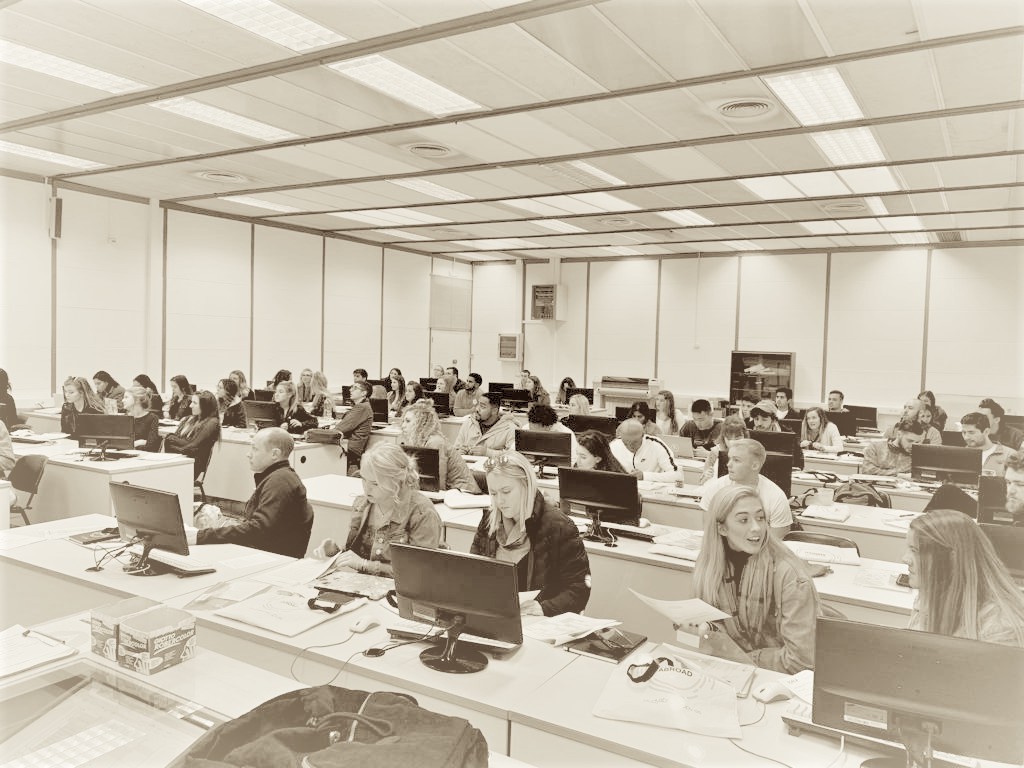
|
|

• Attendance
• Assessments
• Sexual Harassment Policy
• Students With Disabilities
• Academic Honesty Policy
• University Ombudsman
• Statement On Audio And Video Recording
• Syllabus Change Policy
Fundamentals of Sustainable Development
3 Credits | 100 Level | 45 Contact hours
The following are the main references used for the design of the course, but no particular textbook is required to follow the classes. Materials and specific reading lists will be downloadable from UPV poliformaT platform after enrollment.
- Blewitt, John, Understanding Sustainable Development, 3rd edition, Routledge, 2018
- Cunningham, William P. and Mary Ann Cunningham, Environmental Science: A Global Concern, 14th edition, McGraw-Hill Education, 2017
- Heizer, Jay and Jesse H. Jones, Operations Management: Sustainability and Supply Chain Management, 12th edition, Pearson, 2017
- Miller, G. Tyler and Scott E. Spoolman, Living in the Environment, 19th edition, Cengage Learning, 2016
- Sachs, Jeffrey D., The Age of Sustainable Development, Columbia University Press, 2015
- Sachs, Jeffrey, et al., Sustainable Development Report 2021, Cambridge University Press, 2021
- Wright, Richard T. and Dorothy F. Boorse, Environmental Science: Toward a Sustainable Future, 13th edition, Pearson, 2017
This course has been designed to provide a global overview of sustainability concepts and their current application worldwide, with a particular emphasis on the United Nation’s Sustainable Development Goals (SDGs).
The course addresses sustainability from a broad perspective. Thus, it can be suitable for any student interested in the topic, regardless of the discipline of their core studies (natural sciences, engineering, humanities, or social sciences).
During the classes, the basic foundations of sustainable development will be provided, according to the triple bottom line, where environmental, economic, and social aspects are simultaneously considered.
In the first part, the module will introduce the necessary theoretical concepts for a clear understanding of the sustainability approach and will establish the links with related terms such as circular economy or the food-energy-water nexus. Then it will expose policies and strategies, with a special focus on the guidelines proposed in the UN Agenda 2030, the 17 SDGs, and their related targets. Finally, it will explore the practical application to different contexts, levels, and countries, concluding with the discussion of current and future challenges.
Throughout the course, we will examine sustainability issues and examples, and discuss options from different perspectives. We will use a variety of methods to introduce concepts including group work and discussion as well as more traditional methods. Most importantly please ask questions when something is not clear and especially if you find your curiosity has been piqued. Be willing to actively participate – volunteer a different explanation or point of view, ask a question, but please do not exclude yourself from the learning process.
Chapter 1. Introduction. What is sustainable development?
Chapter 2. Theoretical principles of sustainability. Key concepts: human population, economic growth, natural resources, and biodiversity.
Chapter 3. Sustainability-related concepts.
Chapter 4. Policies and governance strategies. UN 2030 Agenda. Sustainable development Goals (SDGs): establishment and related targets
Chapter 5. Application and progress in achieving SDGs. Study of examples worldwide
Chapter 6. Communities. Sustainable and resilient cities
Chapter 7. Organizations. Sustainable business practices
Chapter 8. Branding and marketing. Sustainable labeling
SDG Assignment development
Chapter 9. Main challenges in sustainable development
Upon successful completion of this course, students will be able to:
• Demonstrate a clear understanding of the principles of sustainable development.
• Identify links between human activities and their environmental and social consequences.
• Understand the complexity of global sustainability issues.
• Search for suitable and reliable sources for continuous learning in the sustainability area and further development of critical thinking.
• Discuss observations made from the perspective of other disciplines.
• Monitor and evaluate sustainability performance information from different organizations, communities, and cities.
• Assess options to introduce sustainability aspects into their world experience.
• Work successfully with multidisciplinary teams tackling sustainability challenges in an integrated way.
Assessment:
Class Participation 10%
Homework 20%
Exams 45% (15% each)
Written Assignment 25%
|
